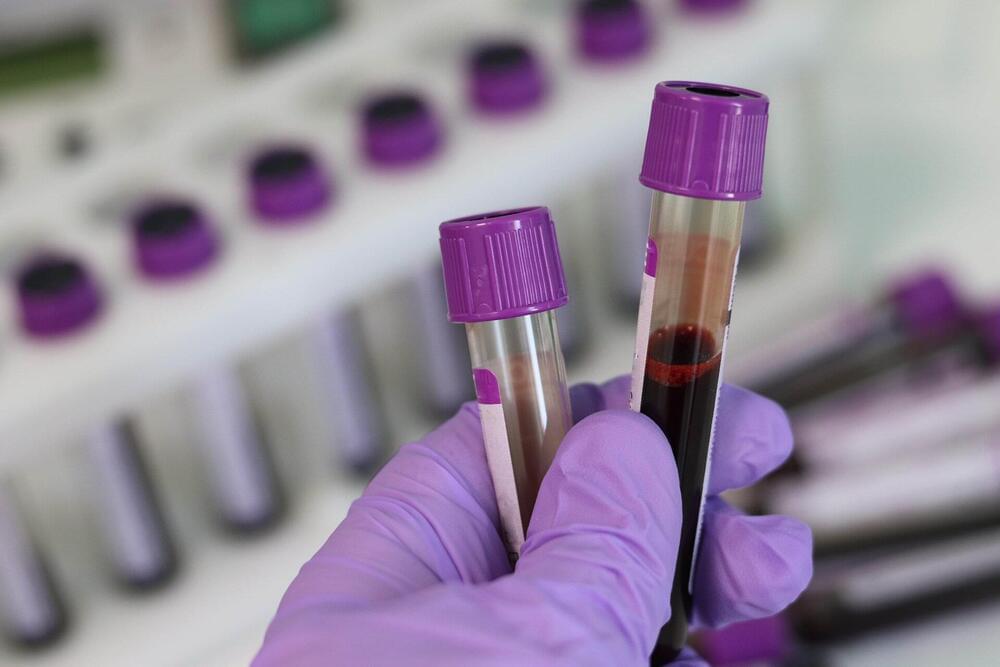Cambridge scientists have created a comprehensive tool for predicting an individual’s risk of developing prostate cancer, which they say could help ensure that those men at greatest risk will receive the appropriate testing while reducing unnecessary—and potentially invasive—testing for those at very low risk.
CanRisk-Prostate, developed by researchers at the University of Cambridge and The Institute of Cancer Research, London, will be incorporated into the group’s CanRisk web tool, which has now recorded almost 1.2 million risk predictions. The free tool is already used by health care professionals worldwide to help predict the risk of developing breast and ovarian cancers.
Prostate cancer is the most common type of cancer in men. According to Cancer Research UK, more than 52,000 men are diagnosed with the disease each year and there are more than 12,000 deaths. Over three-quarters (78%) of men diagnosed with prostate cancer survive for over ten years, but this proportion has barely changed over the past decade in the U.K.








